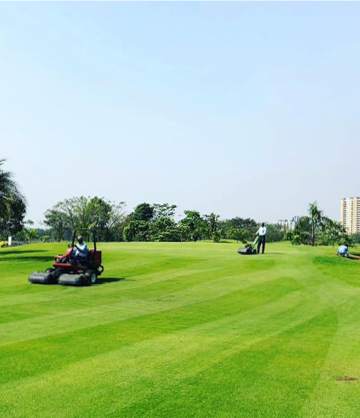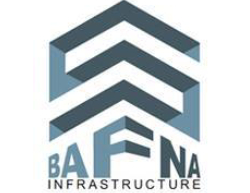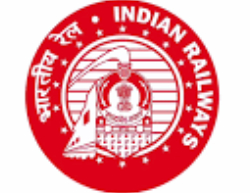Golf Design India, distinguished for its comprehensive golf course design and consultancy, excels in project planning, land use and master planning, and detailed plan creation. We provide thorough construction documentation and meticulous on-site support, ensuring each project's potential is fully realized. Aligning with client vision of the desired end-state, we focus on enhancing each site's unique features and crafting exceptional golfing experiences for players of all levels. Our client-centered approach guarantees top-tier service and the creation of memorable, distinctive golf courses.

Let Golf Design India turn your vision into a masterfully crafted golfing haven.






















Validation of our Meticulous Systems and Processes.



Key considerations include the land’s topography, environmental impact, playability for various skill levels, and aesthetic appeal. Integrating these elements ensures a challenging yet enjoyable course.
The design process varies, typically several months to a year, depending on the project’s complexity and scale.
Environmental sustainability is crucial to preserving natural habitats, minimising water usage, and maintaining ecological balance, ensuring the course’s longevity and eco-friendliness.
Existing landscapes are often incorporated to enhance the course’s natural beauty and challenge while reducing construction impact.
Designers balance difficulty with playability by varying hole layouts, hazard placements, and tee positions to cater to different skill levels.
Technology, like 3D modelling and drone surveys, plays a significant role in visualizing designs, assessing land features, and planning construction.
Signature holes are designed to be memorable and unique, often highlighting the course’s best natural features and providing a distinctive challenge.
Current trends include environmentally sustainable practices, multifunctional facilities, and designs that cater to a broader range of players.
The layout is vital for strategic play, aesthetic appeal, and seamless integration into the natural environment. It defines the course’s character and challenge.
Absolutely. A course design can reflect local culture and environment by incorporating native vegetation, cultural motifs, and landforms unique to the area.
